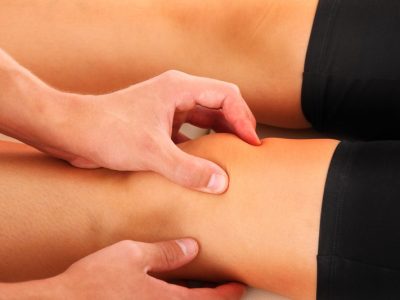
If you are a hiker and you have a history of getting migraines headache, you may want to consider hiking on higher altitude of the hikes you take. New research shows that higher altitudes may bring on a migraine. If you want to continue enjoying hiking, and want to avoid the migraines that may be brought on by high altitudes, this is important information to keep in mind when planning the trails you will be hiking. While nature usually makes people feel great, you may be one of the few coming home with a headache if you don’t
plan accordingly.
In the October 2016 issue of the journal High Altitude Medicine & amp; Biology, researchers shared a study
they conducted to learn more about whether those with a history of migraines are prone to getting
headaches while at high altitudes (1). Tracking 667 hikers (79 percent of whom resided in Colorado at
an altitude), they surveyed them after their descent from hiking Grays Peak / Torreys Peak in Colorado.
They also gathered information about each of them regarding their history and risk for migraines, sex,
age, fluid intake, and recent alcohol consumption. They then used that information to compare it to whom reported experiencing a headache from their hiking.
Of the group, 80 percent of them reached the summit. High altitude headache was reported to have
occurred in 39 percent of the hikers, and 26 percent of them experienced acute mountain sickness.
With the group of people being recreational hikers, the summit they hiked to was over 14,000 feet in
elevation. The researchers think for those who have a history of migraine, it is a risk factor for the
development of headache at high altitude. Furthermore, they reported that a history of migraine is strongly
associated with the development of a migraine headache while at high altitude.
According to the National Institutes of Health, migraine headaches affect more than 10 percent of people
worldwide. Migraine headaches are three times more common in women and are often described as
having an intense pulsing or throbbing pain in an area of the head. There is no cure for migraine
headaches, so those who get them have to focus on the prevention of getting one, and on relieving the
symptoms if they do have one (2).
While hikers who have a history of migraines may find this research a bit discouraging, it’s actually
beneficial information that will help them be able to prevent the onset of a migraine headache. There are
many hiking trails that don’t involve high altitudes, making it important for people to plan a route that
will help them feel good once they summit. The information is also helpful for those who may be going
to high altitudes for other reasons, whether because they are engaging in sports, or may be visiting
someone who lives at a higher altitude. Planning ahead and keeping this information in mind may be all
it takes to help prevent the onset of a migraine, giving people one more tool to help with chronic pain
reduction.
Sources:
1. High Altitude Medicine & Biology. 2016 Oct 27.
https://www.ncbi.nlm.nih.gov/pubmed/27788038
2. National Institutes of Health. Migraine Information Page.
http://www.ninds.nih.gov/disorders/migraine/migraine.htm







